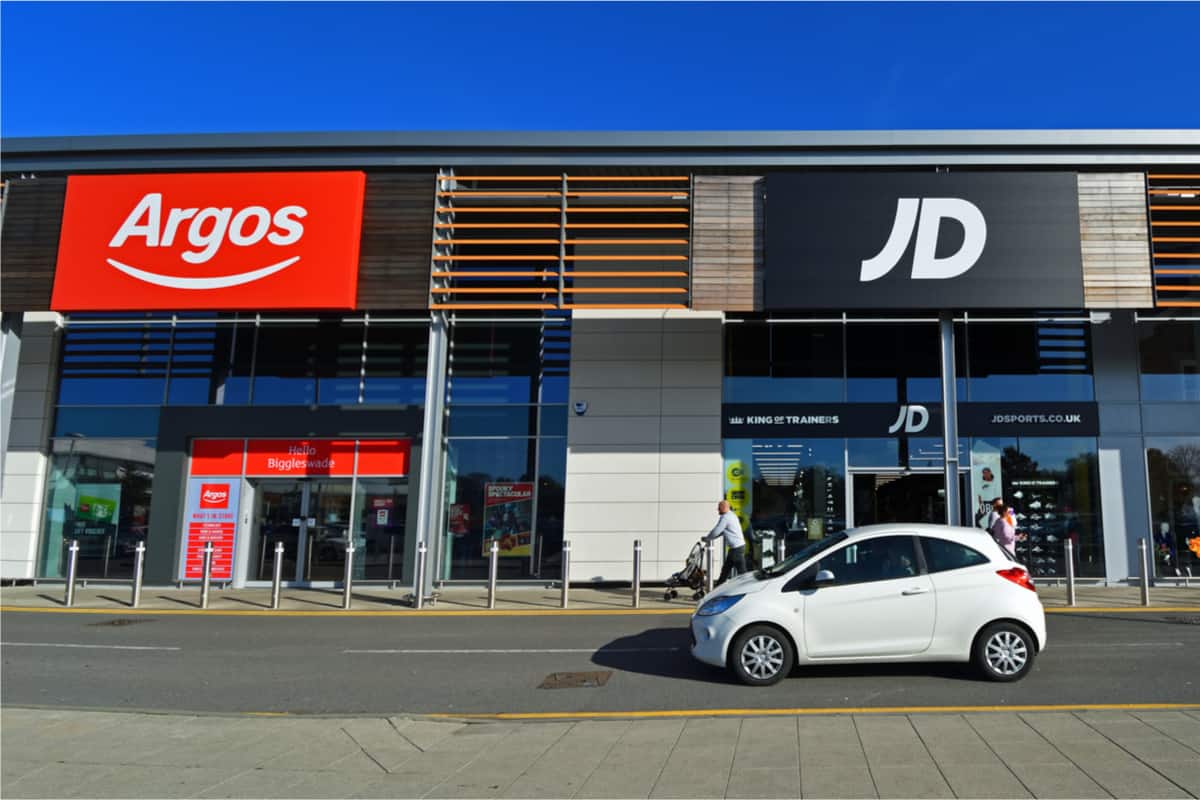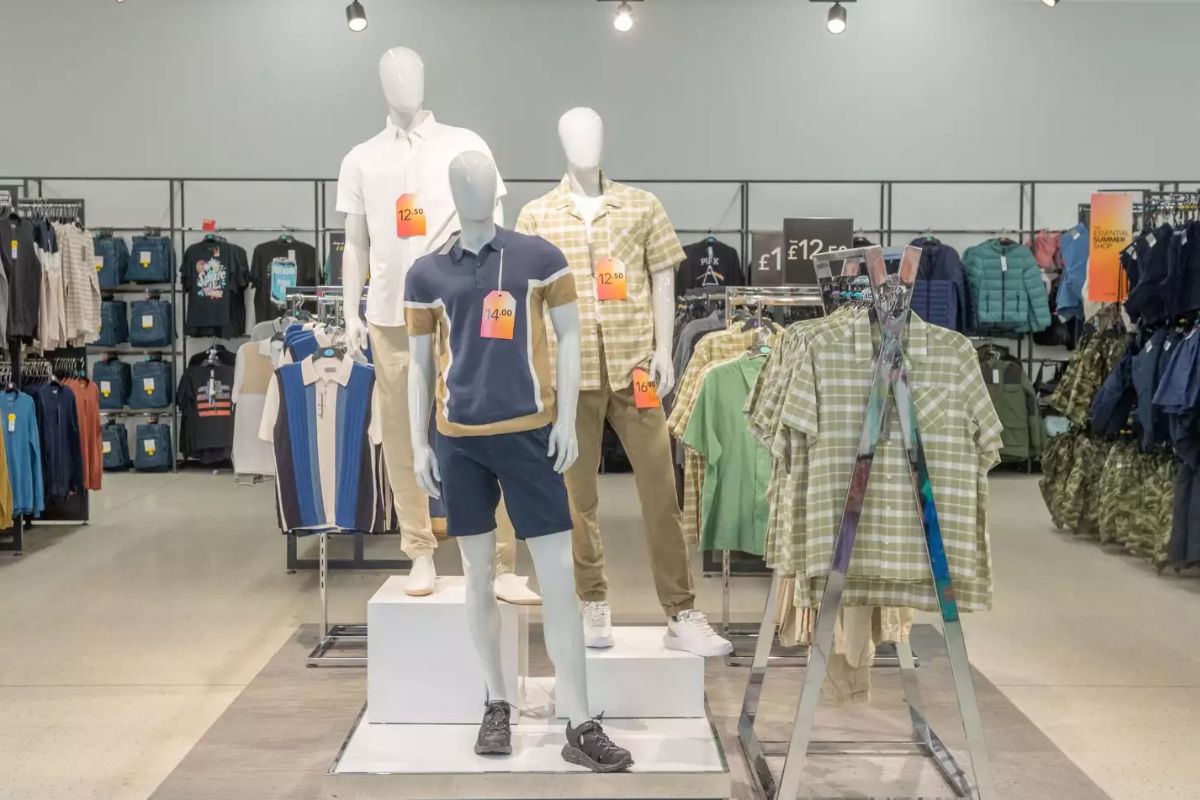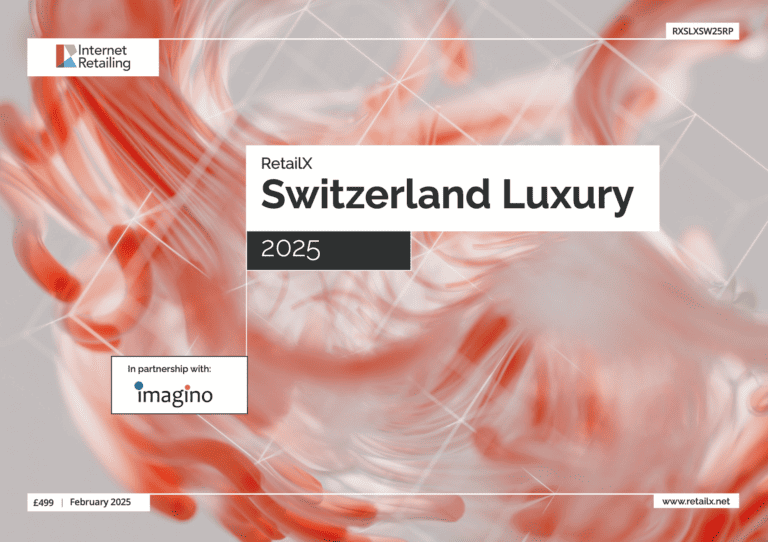Retailers and brands are taking space in retail parks, apparently in response to rising customer demand for multichannel services such as click and collect and for out-of-town locations. As a result, retail park vacancies fell slightly in the third quarter of 2021, compared to the second quarter, new store vacancy data suggests, while shopping centre and high street vacancies stayed the same. Overall, the number of empty shops in the UK stood still rather than rising for the first time in more than three years – although vacancies remain at record highs.
The BRC-LDC Vacancy Monitor for the third quarter suggests the overall store vacancy rate now stands at 14.5%. That’s the same as in the second quarter of the year, although 1.3 percentage points higher than the same period last year. Shopping centre vacancies stood at 19.4% for the second consecutive quarter, while high street vacancies were also the same, at 14.5%. Retail park vacancies fell slightly to 11.3% in the third quarter, down from 11.5% in the second quarter.
Retail parks, with their out-of-town locations and plentiful free parking, are well placed for shoppers who want to buy online and then collect or return an item in-store. Some 28.1% of sales took place online in September, according to ONS figures. That’s up from 27.9% in August – and is well ahead of the 19.7% of sales that were online in February 2020, suggesting that retail sales will continue to be further online post-pandemic than before.
Helen Dickinson, chief executive of the British Retail Consortium (BRC), says: “While this is the first time in over three years vacancy rates have not risen, they still remain at a record high. Retail parks remain resilient as the only location type that saw vacancies fall this quarter. This is because many brands who have traditionally occupied shopping centres and high streets are opening stores in out-of-town locations to meet customer demand, and retail parks have become increasingly vital for supporting the expanding online services of some businesses. Meanwhile, 10% of high street shops and more than 13% of retail units in shopping centres have remained empty for over a year, which is the result of the high costs of opening and running shops in many parts of the country. When stores are forced to close, it not only takes away much needed jobs, but also diminishes the vibrancy of those communities.”
Lucy Stainton, director of the Local Data Company, says: “It’s certainly very welcome seeing this sharp increase in empty units slowing down, however that’s not to say there isn’t yet still a difficult period of restructuring and redevelopment ahead alongside some industry milestones such as the moratorium on commercial evictions being lifted. Added to this, will the recent announcements regarding business rates be enough, a welcome move for many but for those larger operators with more exposure in flagship locations the business case for comparatively expensive city centre units is still strained.
“A return to growth for the independents sector is truly positive but somewhat offset by the challenges being faced by larger multiple retail and leisure brands, many of whom will still be exposed to a large perhaps unmanageable rates bill. Added to this, a flattening off of vacancy rates does not mean that contributing activity levels are slowing by any means. We are still seeing an incredible volume of businesses opening and closing, beneath these top-line stats, and this makes devising and implementing investment strategies whether you’re a landlord or a retailer, set against constantly shifting sands and supply side challenges, very challenging still.”
In Wednesday’s Budget, retailers saw the expected inflation-linked rise in business rates cancelled, with an extra 50% discount, capped at £110,000. Business rates will now be reviewed every three years.
The BRC’s Dickinson says that retail has a vital role in supporting the Government’s levelling up agenda.
She adds: “However, business rates continue to pose a threat to the future vibrancy of hundreds of towns across the UK and without a reduction in the burden, four-in-five retailers say they are likely or certain to close some of their stores. Wednesday’s Budget announcement fell far short of the truly fundamental reform that is needed, meaning we will likely see further loss of shops and jobs and it will prevent investment in many of the areas that need it the most.”










